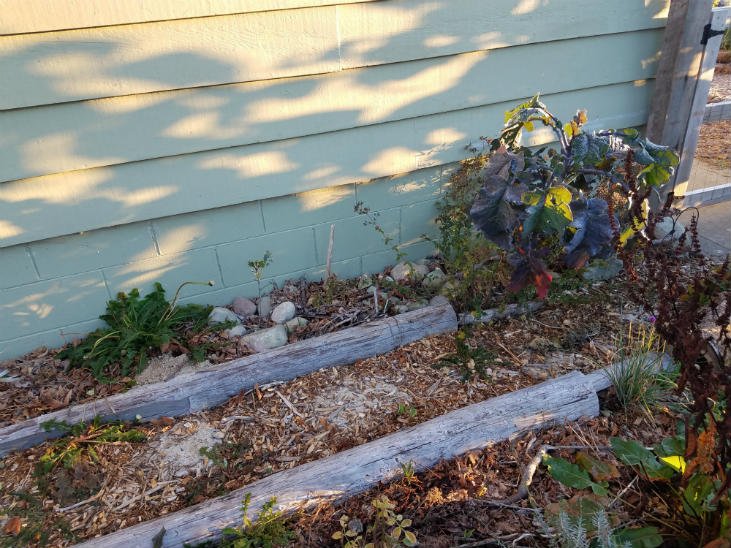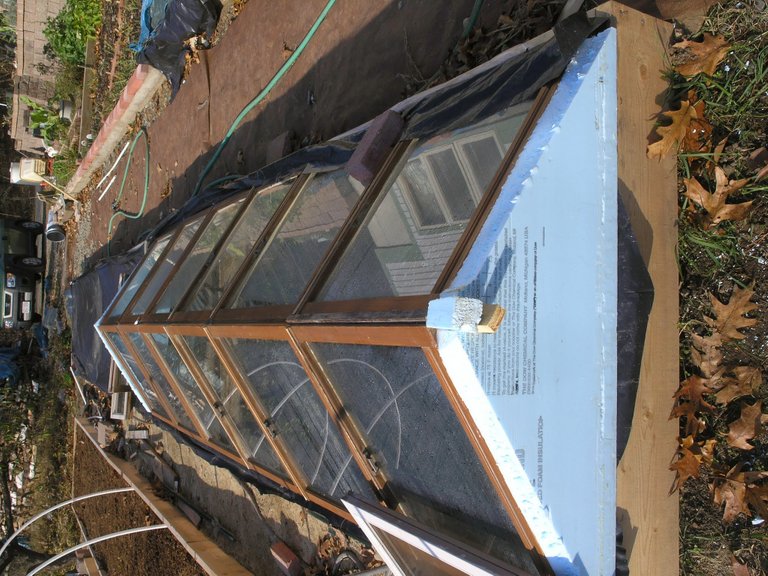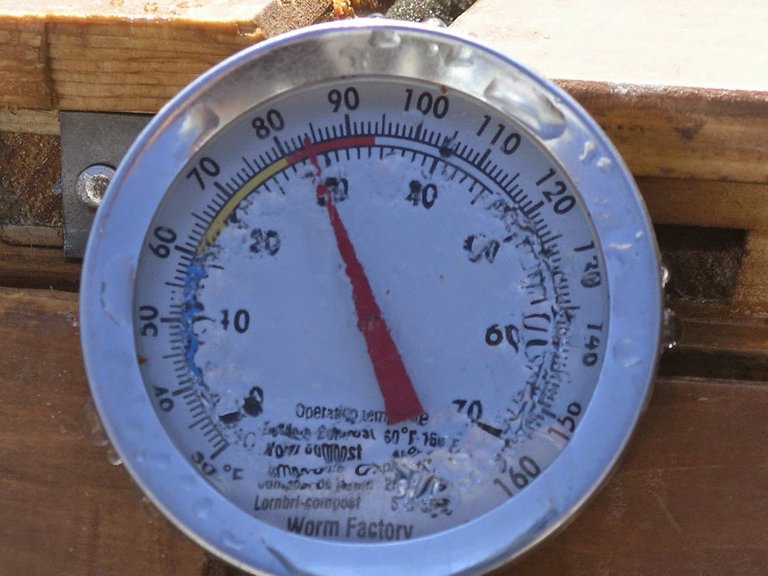Wild Tip: Discovering Existing Micro-Climates

Did you know that the fall is a great time to discovering your existing micro-climates? Here is a quick wild tip all about discovering your existing micro-climates so you can grow more food the following year.
In my area we have had a number of early and heavy frosts. Often early frosts are frustrating but they can be useful to discover existing micro-climates.
The top picture is showing one of my work in progress growing areas along the south side of my house.
This is an example of a great micro-climate.
The south side of a structure (in the northern hemisphere) if it's exposed to the sun is always a warm micro-climate. But there are likely others on your wild homestead.
This is where the frost comes in to play.
When you have a chilly night and everything is visually frosted make sure to get out and walk around your wild homestead before the sun hits the ground. The early morning when it's light but the sun is still below the horizon (or nearby trees) is a great time.
Look for areas like the south side of a structure that are frost free or that have less frost. These spots are likely your micro-climates.
Other areas that might be micro-climates will be areas where the cold air can flow away such as raised garden beds or features that store heat such as a large boulder or rock wall.
But there are likely other spots with existing vegetation that provide shelter from the cold.
Some of them might be fairly small but they might be just big enough for that 1 frost tender perennial you have been wanting to grow.
You can also look for areas that appear to have a much harder frost then other areas. This can be a bit harder to visually identify but if you have a night that gets down right at the frost line you can look for the areas that are frosted when the rest of your wild homestead are not.
These are your cool micro-climates. Which can be great spots to grow cool loving vegetables such as spinach so you can get harvests later into the summer.
On my wild homestead there is a low area that is always colder--cool air collects there. When I walk down into that low area I can always feel the drop in air temperature and there is almost always a slight breeze as the cool air flows in from the surrounding areas.
This area also gets a lot more fog then the rest of my wild homestead.
Discovering your existing micro-climates will help you decide where to plant and can increase the length of your harvests.
You can also plan to enhance existing micro-climates to get even more out of them. For example, I will be building a new large keyhole garden bed next to the south side of my house to take advantage of that micro-climate.
This new bed will be great for tomatoes, hot peppers, egg plants, basil and other plants that love warm weather.
The bed will be raised which will further enhance the existing micro-climate.
This is an example of how you can take advantage of existing micro-climates. But you can also make your own micro-climates by observing the ones you already have and then creating features that mimic those.
So what do you think? Do you know where your micro-climates are? Please leave a comment below--I would love to hear from you!

Follow me for more posts all about working with nature to grow your own food and build a natural life: @wildhomesteading
And check out my blog - www.wildhomesteading.com for weekly in-depth posts on how to work with nature, grow your own food, and build a wild homestead. When you work with nature, nature works with you.
You have received a @buildawhale manual curation vote.
To listen to the audio version of this article click on the play image.

Brought to you by @tts. If you find it useful please consider upvoting this reply.
You post has been manually curated by BDvoter Team! To know more about us please visit our website or join our Discord.
BDvoter Team
Thank you! :)
@wildhomesteading, Good to see that you are sharing your Experience and Knowledge. Keep up the good work and stay blessed.
Posted using Partiko Android
Thank you! You too!
Welcome and thank you.
Posted using Partiko Android
Excellent post on micro climates. I have several here and am developing a few more, with the construction of the addition.
Thank you! :) Good luck with your new ones and your construction project!
Always be on the lookout for people throwing away old windows/glass as they can be added to those micro-climates to make mini sunhouses/cool frames to extend the end of the season or start earlier in the season.
 These photos were from late November in MA
These photos were from late November in MA
Really nice! A greenhouse is on my list of future projects. I will have to be on the look out for some old windows. I have a couple small ones saved up to make cold frames but no larger windows. Thanks for sharing!